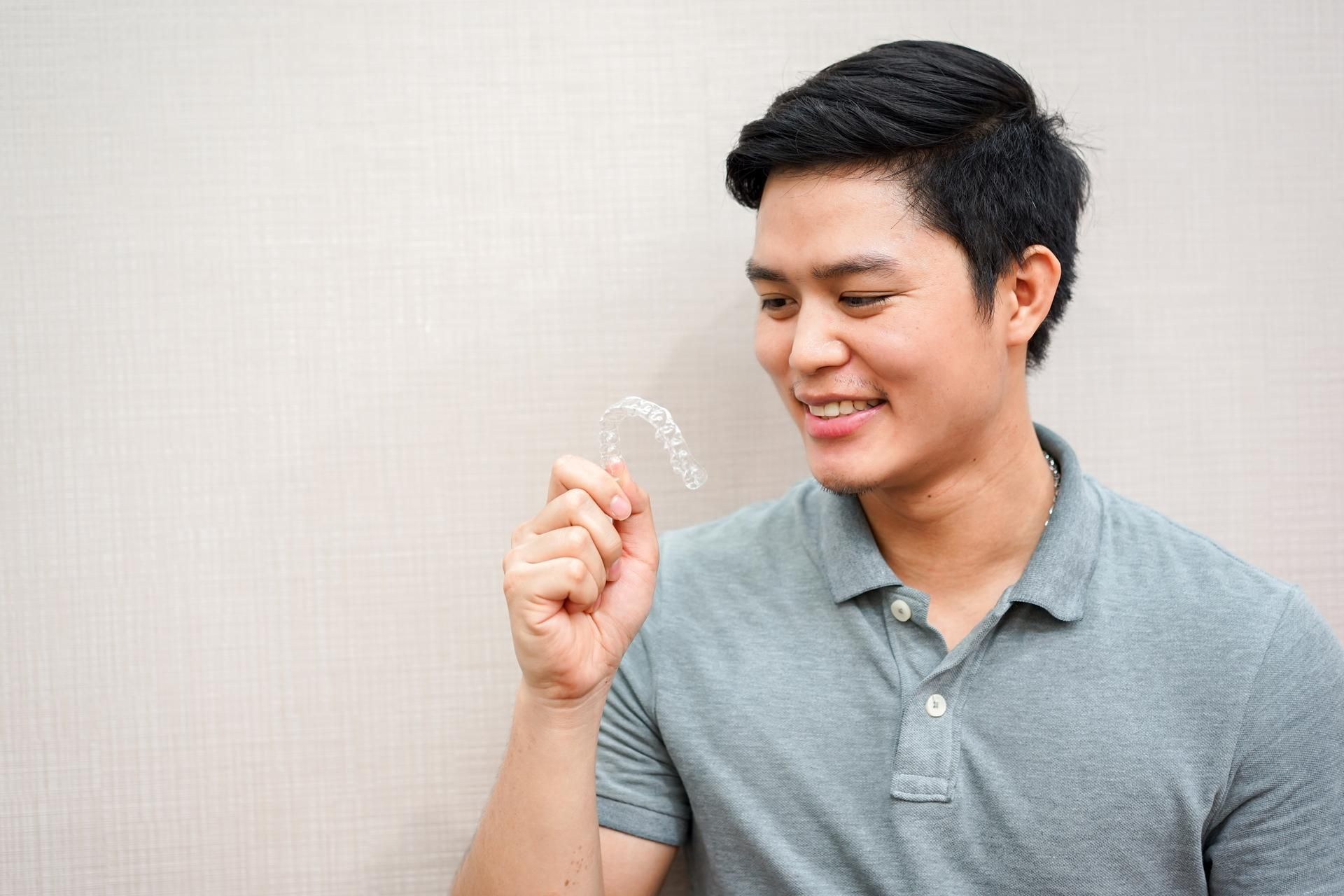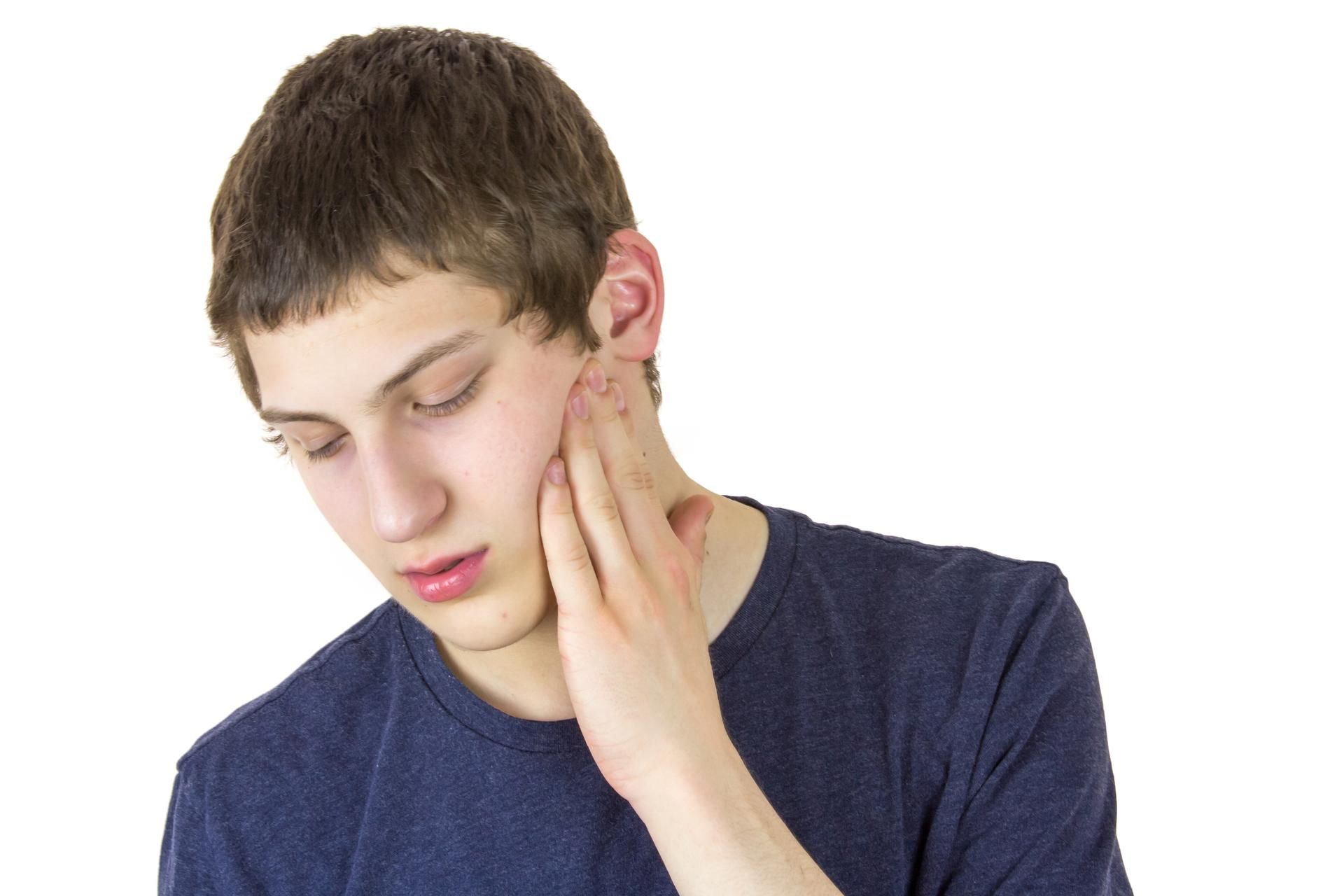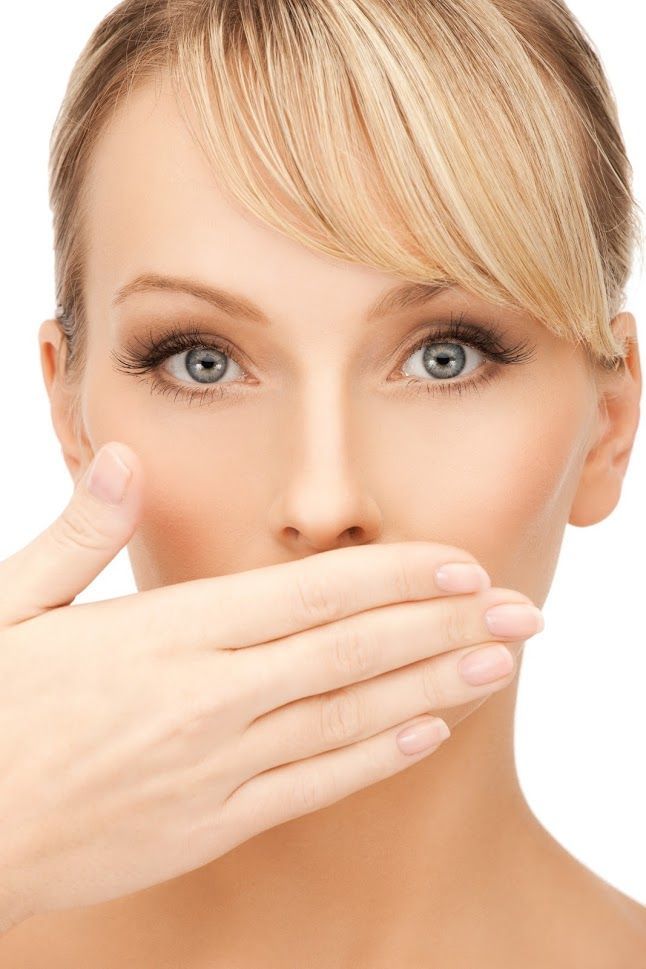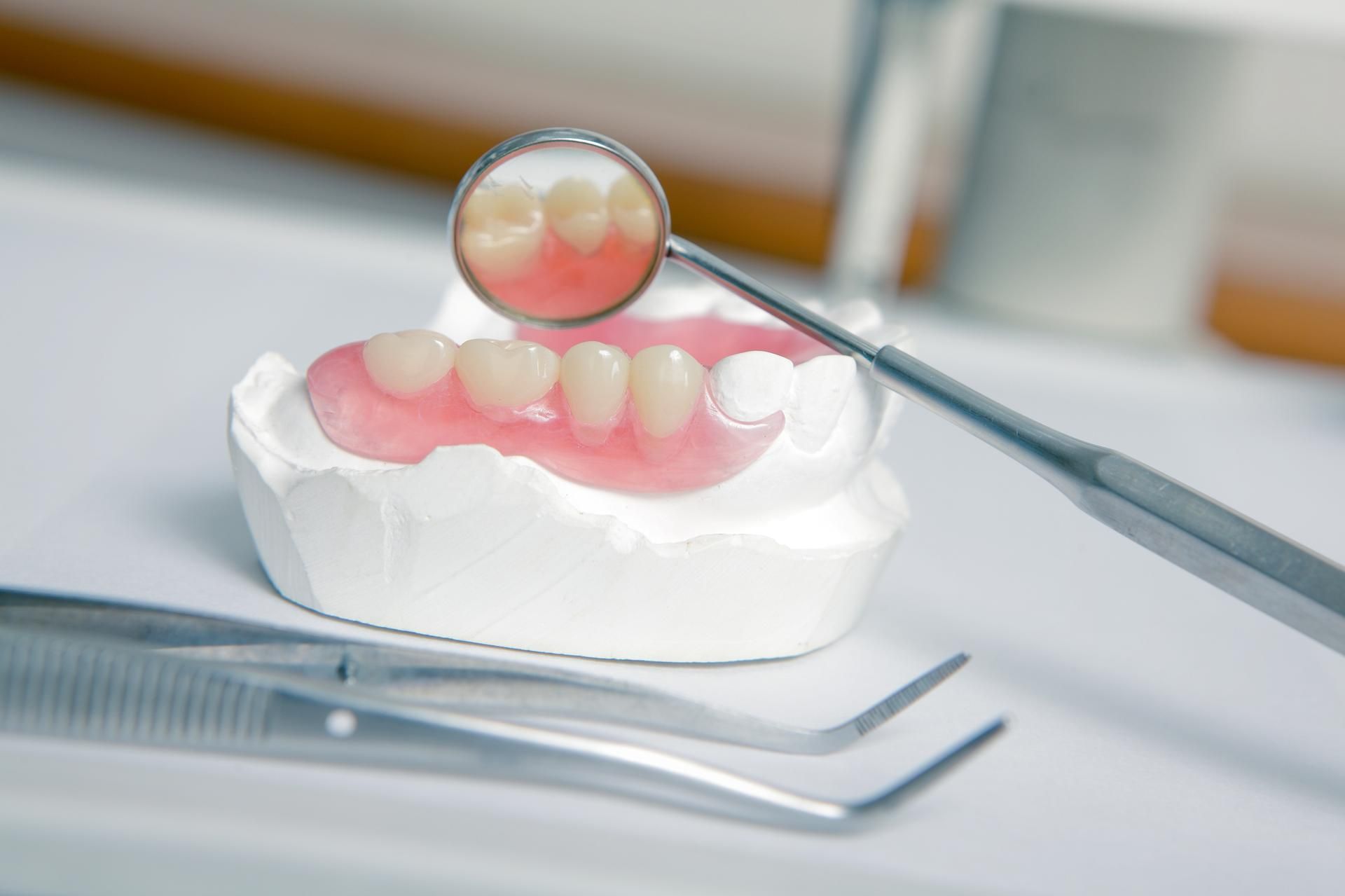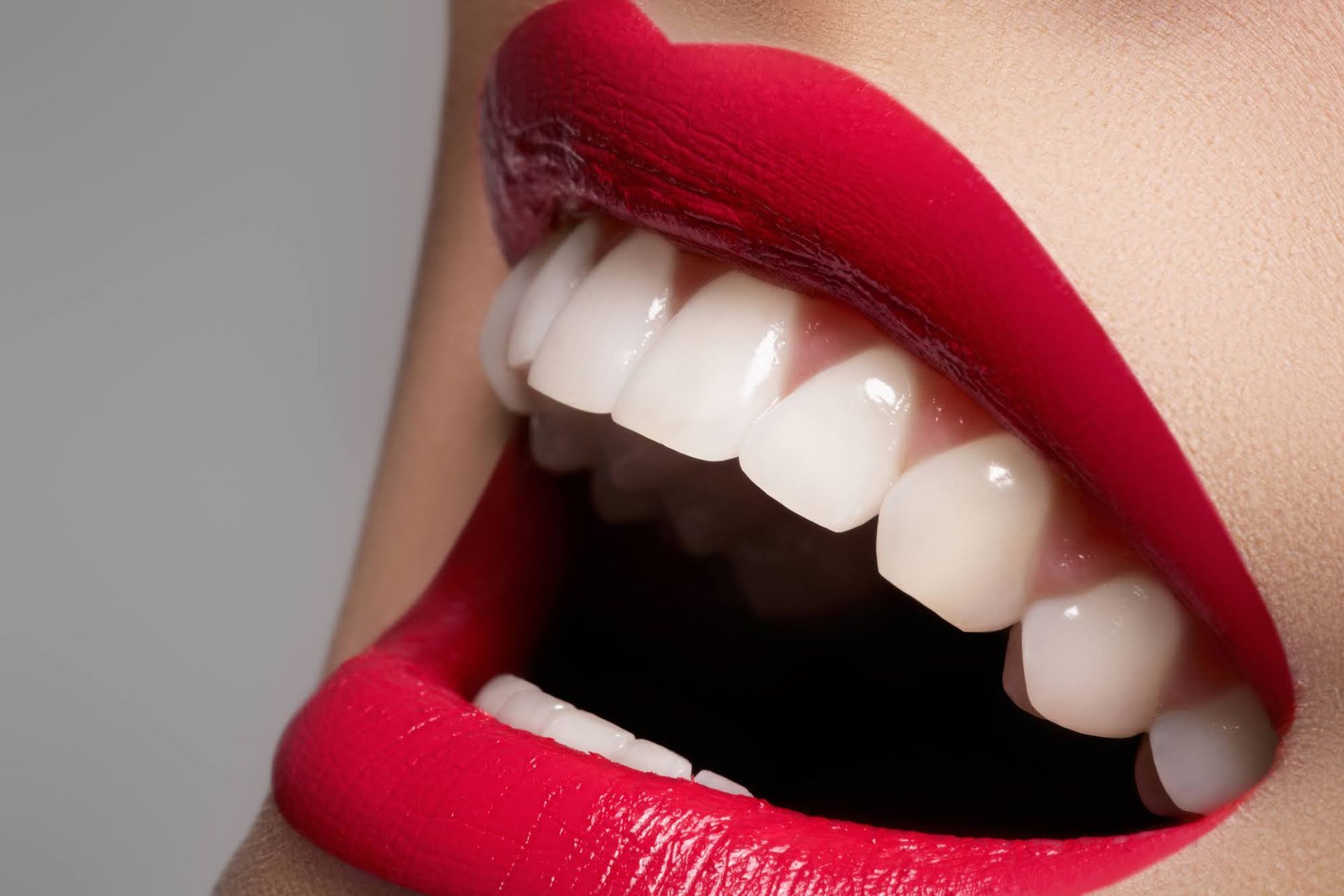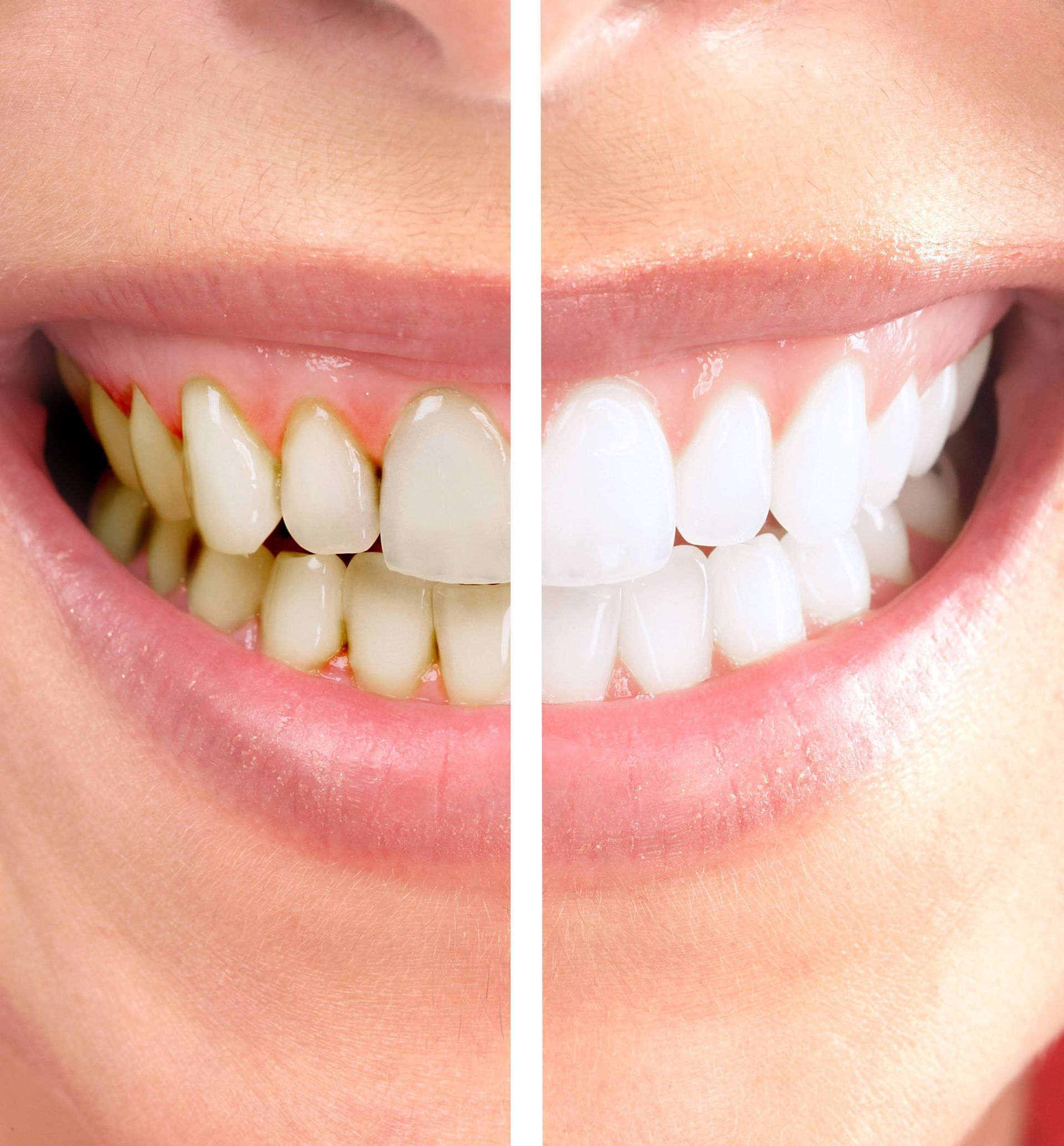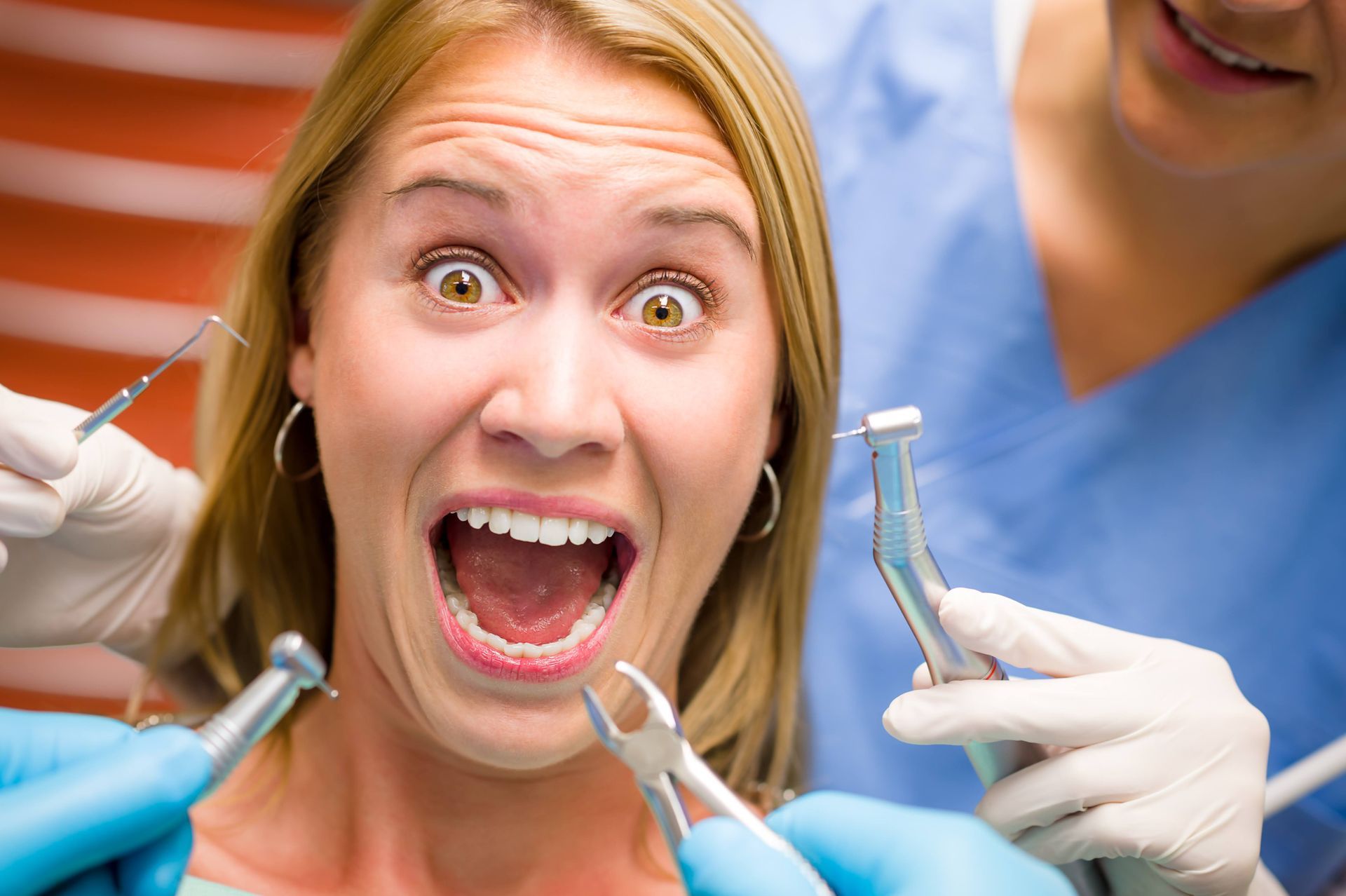Treatments Your Dentist May Use or Recommend for Your TMJ Disorders
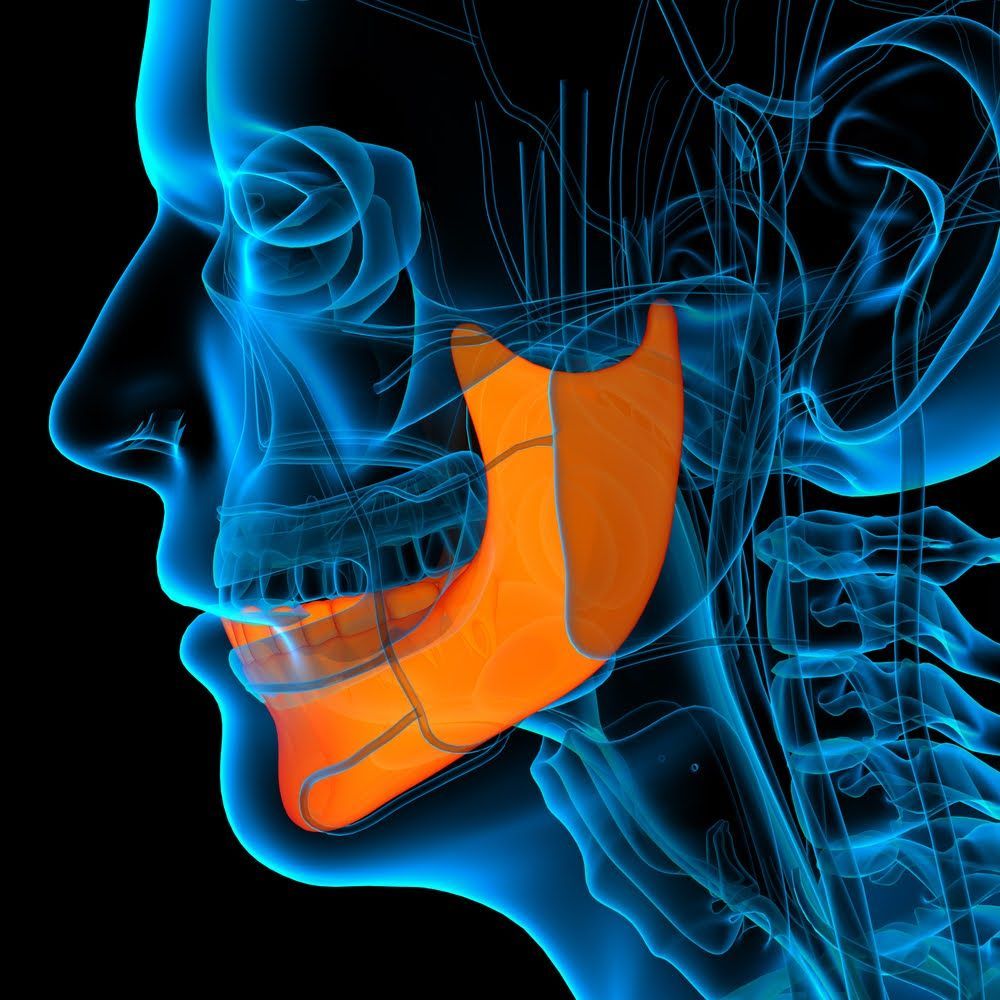
Temporomandibular joint (TMJ) disorders affect the jaw joint and surrounding tissues, including the tendons and ligaments. Besides causing jaw pain, TMJ disorders can trigger tenderness and pain in other body parts, including the ears and face. Below are some treatments dentists use or recommend for the disorders.
Supportive Patient Education
Minor TMJ disorders might not require direct intervention by the dentist. Rather, the dentist may advise you on at-home treatments to minimize the pain and discomfort. For example, the dentist may advise you to:
- Eat soft foods and avoid tough ones that might put too much pressure on your jaws and increase the pain
- Give your jaws periodic rests, for example, by keeping your teeth apart
- Perform passive stretching jaw exercises
- Practice relaxation techniques that ease the pressure on your jaw joint
These practices can help you avoid jaw pain triggers.
Medication
Medication for TMJ disorders treatment takes several forms. For example, TMJ disorders can be painful, so you can take over-the-counter pain medication to ease the pain. Part of the problem with these disorders comes from joint inflammation, which puts pressure on the joint tissues. Therefore, anti-inflammatory drugs may also help with the disorder.
Your dentist may also prescribe muscle relaxants to release tension in your jaw and facial muscles. Strong drugs, such as corticosteroid painkillers, require prescriptions from the doctor. Ensure you follow the dosage closely for all the medications you take.
Hot-and-Cold Therapy
For hot-and-cold therapy, apply a cold compress on the affected jawbone, rest briefly, and follow it with a warm compress. Alternate between the cold and hot treatments a few times.
The sudden temperature shift will stimulate blood flow since the cold temperatures constrict the blood vessels, while the high temperatures expand the blood vessels. Increased blood flow promotes healing by enriching your jawbone with oxygen, nutrients, and white blood cells.
Acupuncture
You may need a combination of conventional and alternative treatments for your TMJ disorder. For example, acupuncture, which many people have used to relieve pain in different parts of the body, can help with the pain.
During the treatment, the acupuncturist inserts thin needles into specific pain points in the body. The needles connect with the nerve endings just below the skin, deadening the pain. Remember to get your acupuncture treatment from a certified acupuncturist.
Occlusal Splints and Adjustments
Occlusal splints are mechanical devices or orthotics that dentists use to control teeth, jawbones, and jaw joint movement. Movement control is helpful because moving the jaws strains the TMJ, and the strain causes pain.
Occlusal splints are available in different designs, depending on the intended movement restriction. For example, some splints separate teeth on opposing jaws, while others allow teeth to slide but not to move up and down.
Botox
Many recognize Botox for its use in minimizing frown lines and wrinkles, giving people smooth and beautiful skin. However, the treatment can also help with TMJ disorders. According to healthline.com, Botox is a neurotoxin protein dentists use to target the tissues around the TMJ joint. The treatment is helpful with pain due to tense muscles, teeth grinding, and stress.
Surgery
Surgery is usually the last treatment of choice for TMJ disorders. The surgeries can take different forms:
- The dentist may drain fluid that causes joint inflammation.
- The dentist may remove scar tissue at the joint.
- The dentist may reorganize the TMJ's structure.
- The dentist may replace the joint with a prosthetic.
The degree and cause of your TMJ disorders determine the best surgical option. Your dentist will discuss the pros and cons of your surgical treatment to help you make an informed decision.
Dr. Koehn has extensive experience with different dental treatments. Come meet our dentist for professional diagnosis and treatment if you have signs of TMJ disorders, such as headaches, facial pain, and jaw pain.
